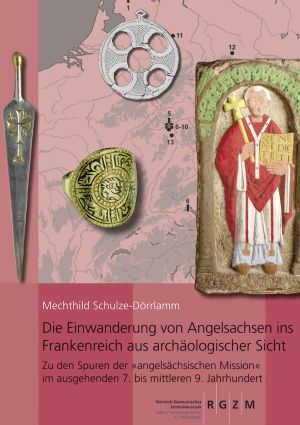
How to Cite
License

This work is licensed under a Creative Commons Attribution-ShareAlike 4.0 International License.
Published
Die Einwanderung von Angelsachsen ins Frankenreich aus archäologischer Sicht.
Zu den Spuren der »angelsächsischen Mission« im ausgehenden 7. bis mittleren 9. Jahrhundert
The 8th century was the peak of an intellectual movement that had led many highly educated men as well as some women from Anglo-Saxons to emigrate to the continent. Their aim was to win the pagan population - especially Frisians and the tribally related Old Saxons - for Christianity or to improve their religious education. Especially in the northern and eastern Frankish Empire, they worked throughout their lives as missionaries, priests, monks and nuns, teachers or instructresses, and sometimes also as scholars. Only a few of the participants in the "Anglo-Saxon mission" are generally known today, e.g. Archbishop Boniface, who was murdered in Friesland, and the missionary Willibrord of Echternach, because until now it has been almost impossible to obtain a comprehensive picture of this group of people.
In this richly illustrated book, 70 men and 15 women who can be proved to have immigrated from Anglo-Saxons are presented for the first time with their names and dates of life. It also contains floor plans of the churches and monasteries they founded, shows the objects from their possessions that still exist today and documents their graves as well as the unique Boniface tomb in Mainz. Five new distribution maps show not only the location of the immigrants' places of activity and burial places, but also the present-day repositories of works of Anglo-Saxon art and crafts as well as the sites of archaeological objects of Anglo-Saxon origin in the Frankish Empire.






